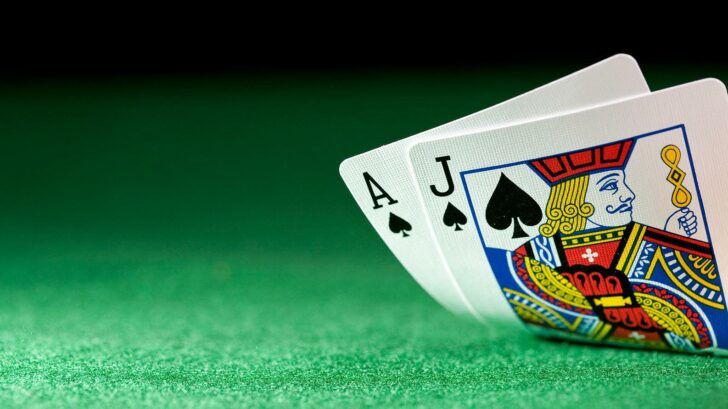History of Card Counting – The Golden Age of Blackjack Card Games


Golden Age
Today, blackjack card games and casinos are a mere shadow of the way they were during the period that old timers fondly called – ‘the golden age of blackjack’, which lasted from the late 1950s until the early 1970s.
At that time there was a proliferation of blackjack card counting systems and teams which skinned the unsuspecting casinos who chose to either ignore card counter or simply were not aware of them.
The casino security was focused in those days on cheaters who used sleight of hand to introduce ‘cold decks’ right into the blackjack game under the very nose of the dealer or expertly marked the cards with a finger nail.
The casino bosses, who were skimming themselves for the mob, looked favorably on blackjack grinders who played religiously every day for long hours while creating action. The mentality that the casino always wins under all circumstances was still prevalent.
Without sophisticated computers, which at the time only large universities could afford, it was nearly impossible for the house to know how much a particular player was up or down after a 20 hour playing session. At the time the concept of game theory was at its infancy and very few reliable odds and statistics were available (again due to the lack of computers capable of running millions of simulated blackjack hands to produce exact odds).
The history of blackjack says that there was always the notion that some cards were good for the blackjack player and others good for the dealer, but this gut feeling was not card counting, it was based more on experience and intuition.
Birth of Blackjack Card Counting
Everything changed in mid-1960 when Edward O. Thorp published ‘Beat the Dealer’ and introduced the first blackjack card counting system to the general public. What made Thorp’s approach revolutionary was his ability to explain the system mathematically in terms of odds which he published after numerous computer simulations.
Thorp was able to consistently beat casino blackjack games for what at the time were large sums of money. The reader must remember that at the time, blackjack was played with a single deck from the first till the very last card. Changing betting patterns would not even look suspicious to the casino pit boss, as soon as they were certain that no external devices were used and no blackjack cards were marked.
Of course as soon as the casino industry (organized crime at this time in the United States) learned about counting cards, they immediately introduced counter measures. Single deck blackjack began to slowly disappear.
The dealers were trained to re-shuffle when 70-80 percent of the cards in the shoe were played, and never 100%, and the shoe now contained two, six or eight decks of cards. Thus began the war between the blackjack card counters and the casino security.




